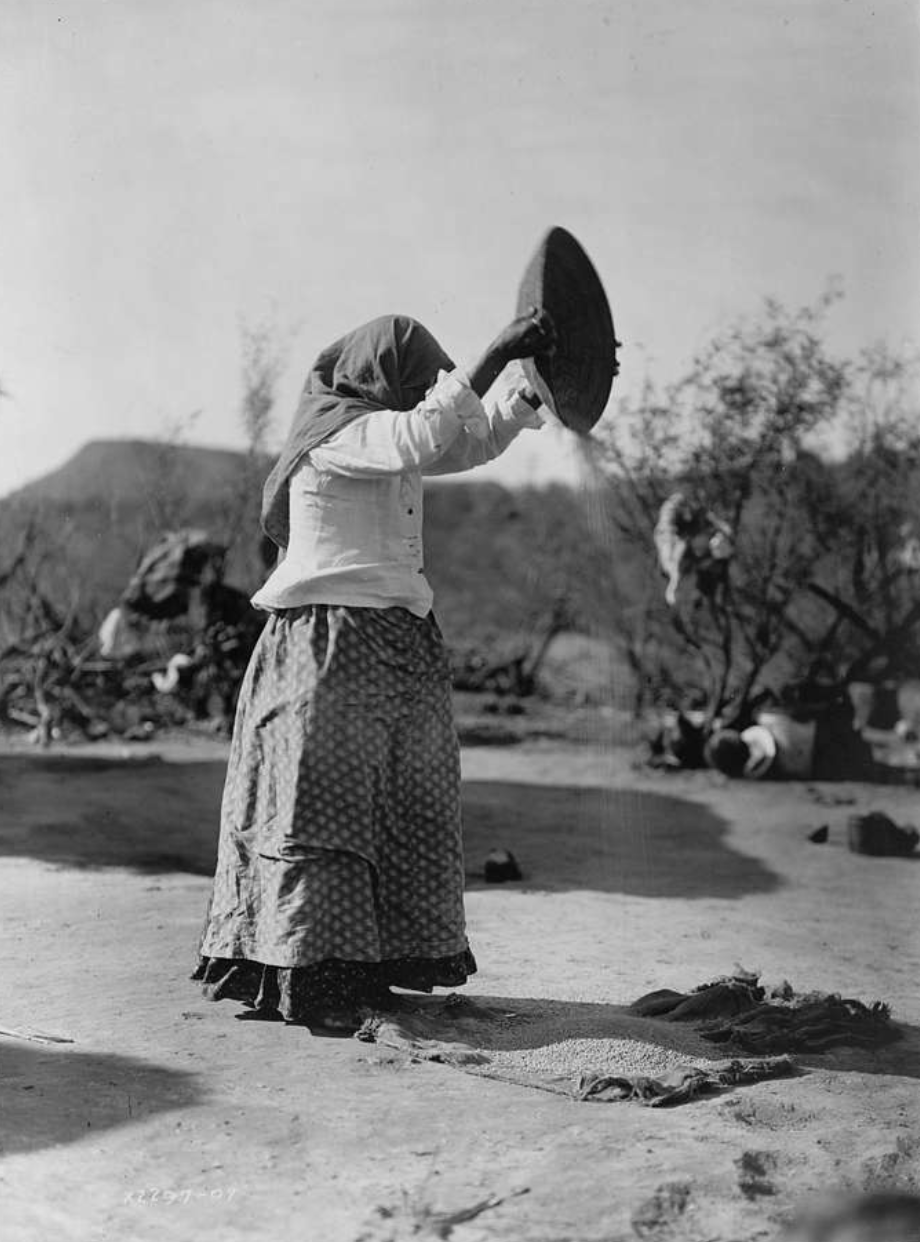
In agriculture and gardening, seed saving or seed keeping refers to the practice of saving seeds and other reproductive material from common plants and crops such as vegetables, grains, herbs and flowers for use from year to year for annuals and nuts, tree fruits, and berries for perennials and trees.
Saving seed was – and still is in some parts of the world and indigenous communities – the traditional way that gardens and farms were maintained for the last 12,000 years. While commercial farmers rarely practice seed saving nowadays, some home gardeners, homesteads as well as grassroot seed saving groups and movements strive to favor, preserve, and promote this several millennia-old cultural tradition and its ancestral heritage.
Through history, unintentional as well as intentional selections conducted by indigenous cultures greatly contributed to the domestication of wild crops and creation of new stable varieties adapted to the specificities of their region’s local climate–the cultivation of maize, domesticated from a type of the wild grass teosinte, being the most notorious example.